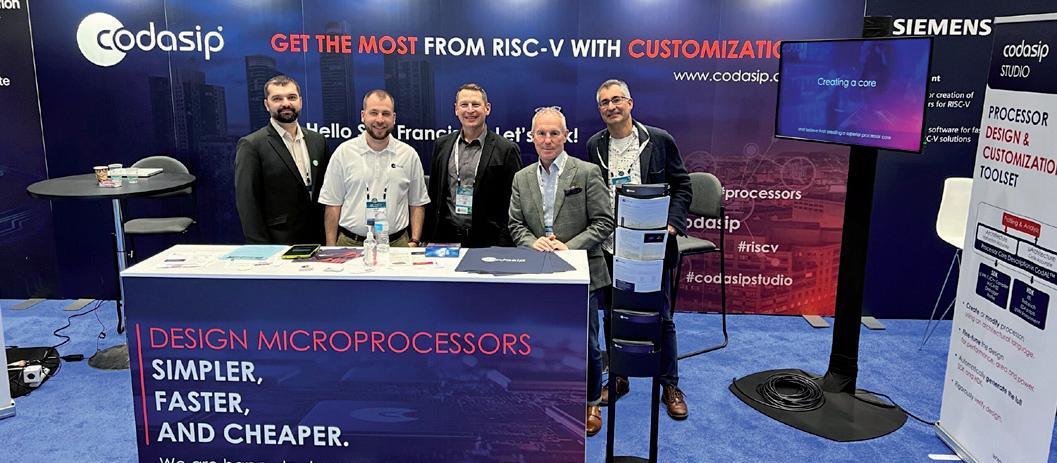Stars special
RISC-ing it all: How De-RISC is creating the first fully European platform for space Imagine a market-ready, made-in-Europe hardware-software platform for space and aeronautical applications – free from export restrictions, built on open-source technology, with all the performance of multicore processors and the fault tolerance necessary to withstand the harshest conditions. For the last two years, as reported in HiPEACinfo 59 and 61, the De-RISC consortium has been working to make this a reality. We caught up with the partners behind the research to get the latest on how De-RISC is crossing new frontiers in space technology.
What makes the XtratuM hypervisor pivotal to the success of De-RISC? Currently, fentISS’ XtratuM is the most popular hypervisor for European space missions. XtratuM guarantees the spatial and temporal isolation required for space safety-related real-time systems, thus allowing the efficient deployment of mixed-criticality applications. XtratuM has already been deployed in 360 satellites of three different missions already in space and it will be used as part of a number of NewSpace and conventional missions to be launched over the next five years. What is fentISS contributing to the project? fentISS ported the hypervisor XtratuM to the RISC-V architecture hardware platform of the project, as well as the ARINC-653 compatible LithOS runtime. The supporting tools for developing XtratuM-based
The hypervisor experts: Vicente Nicolau, Paco Gómez, Miguel Masmano, and Antonio GarcíaVilanova (fentISS, De-RISC coordinator) Why is De-RISC pioneering? The De-RISC RISC-V platform responds to the space sector’s need for higher performance than that provided by the monocore and basic multicore space-grade processors currently on the market. It will allow access to an increasingly rich software ecosystem as an alternative to the existing software based on SPARC, as well as freedom (or drastic reduction) from export restrictions imposed by commercial instruction set architectures (ISAs). De-RISC will also provide improved support for the design and validation of safetyrelated real-time applications, and the platform is developed in accordance with space industry development standards.
16 HiPEACINFO 65
systems over the hardware platform have also been developed, and fentISS has led the definition of the software requirements of the platform. Currently, we are implementing support for full virtualization of the Xtratum-Next Generation (XNG) hypervisor in the scope of RISC-V, while next year we will focus on hypervisor validation. How do you foresee De-RISC technology being used after the project finishes? The De-RISC ambition is to become European leaders in the supply of an integrated modular avionics (IMA) hardware and software platform, offering users the opportunity to migrate their applications to the RISC-V open-source ISA, being suitable for the avionics domain in addition to the space domain. This technology will be increasingly adopted in space and aircraft systems over the next few years.




















